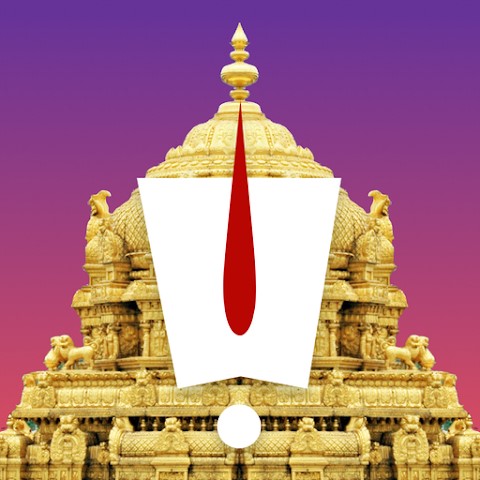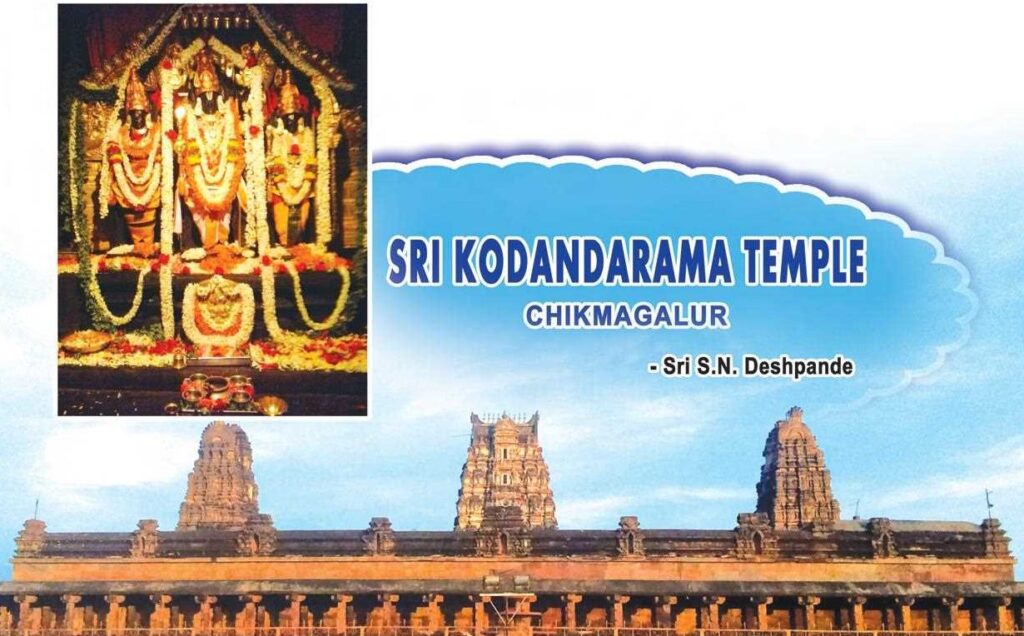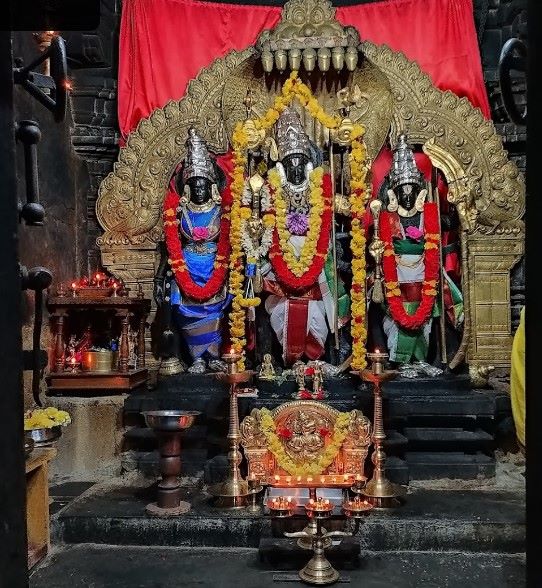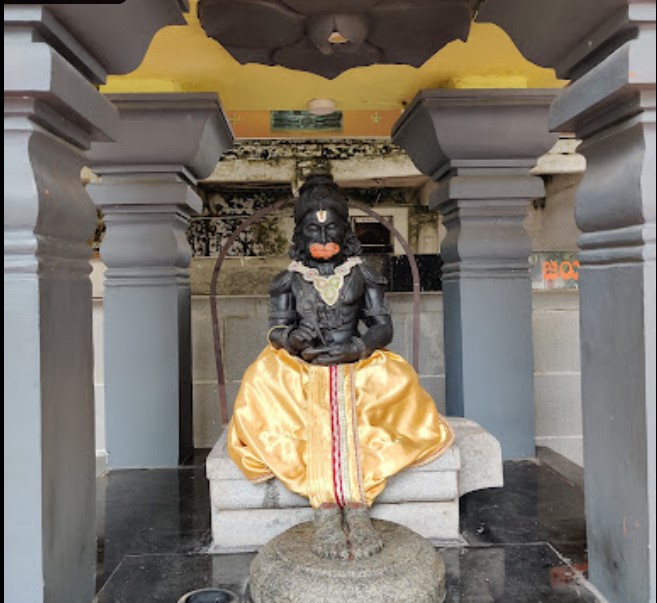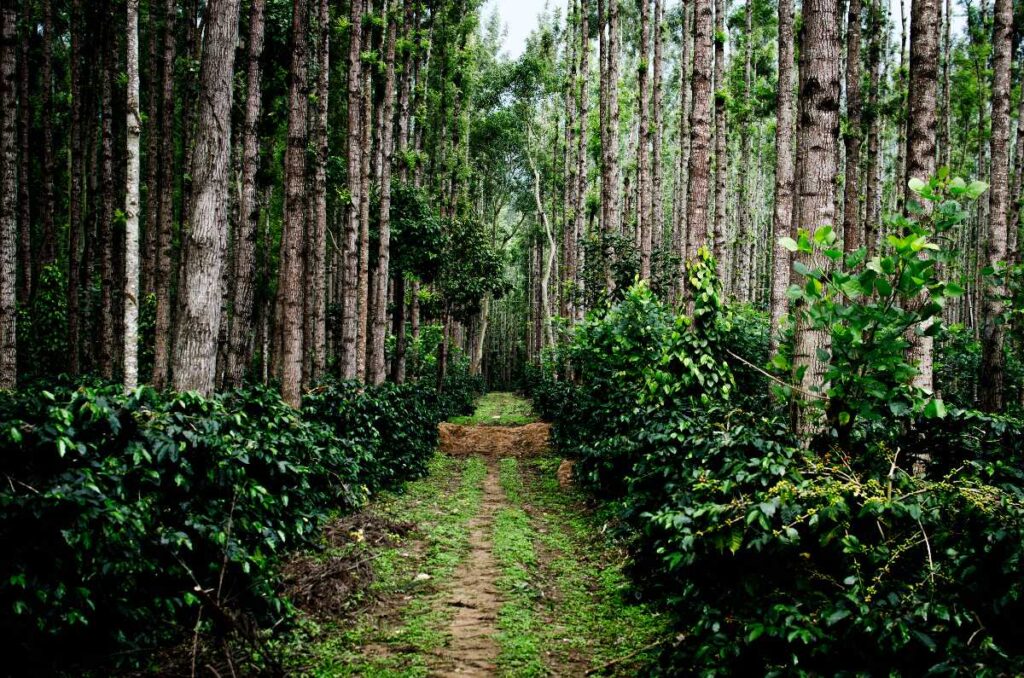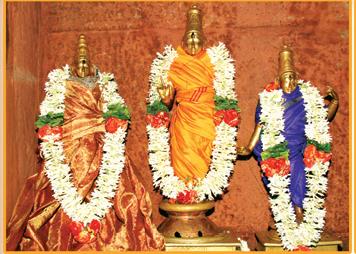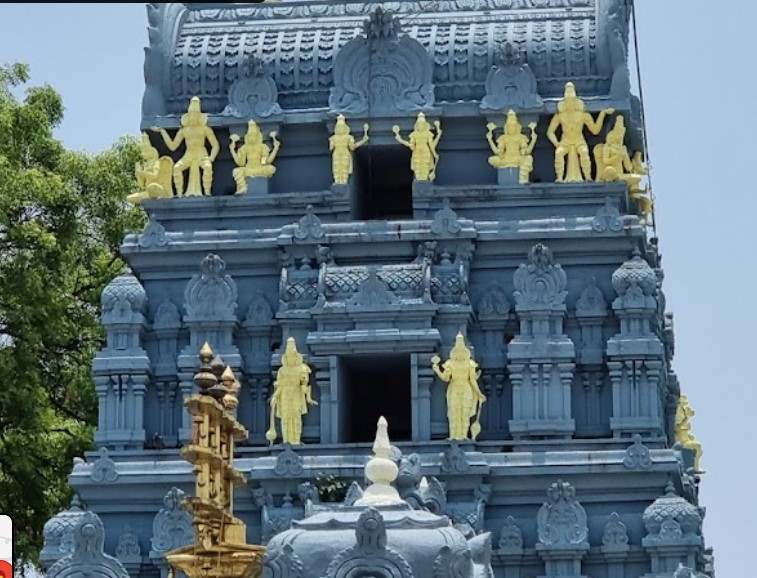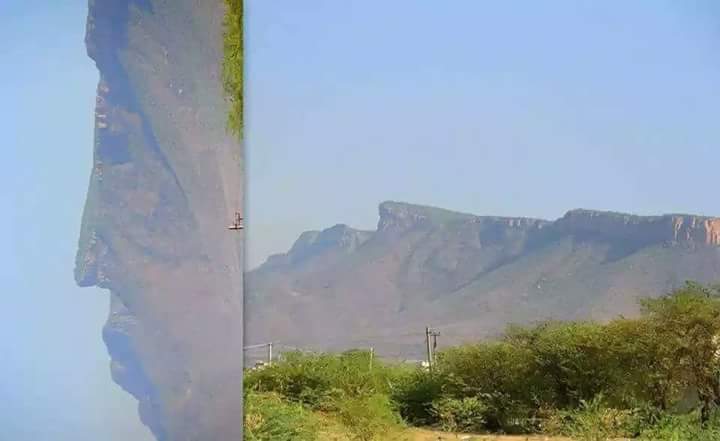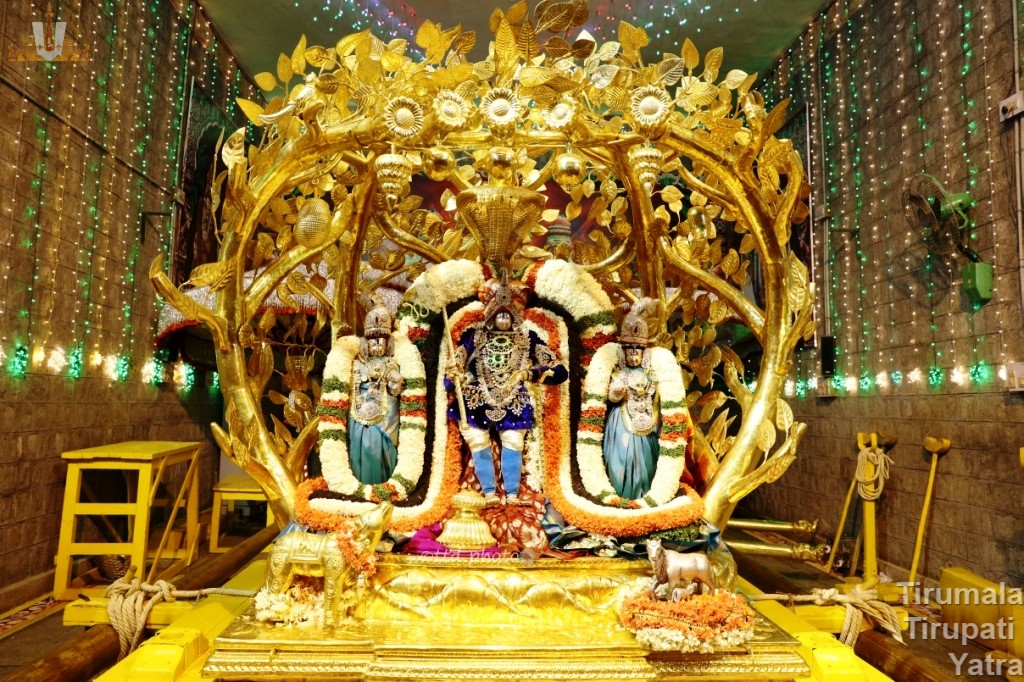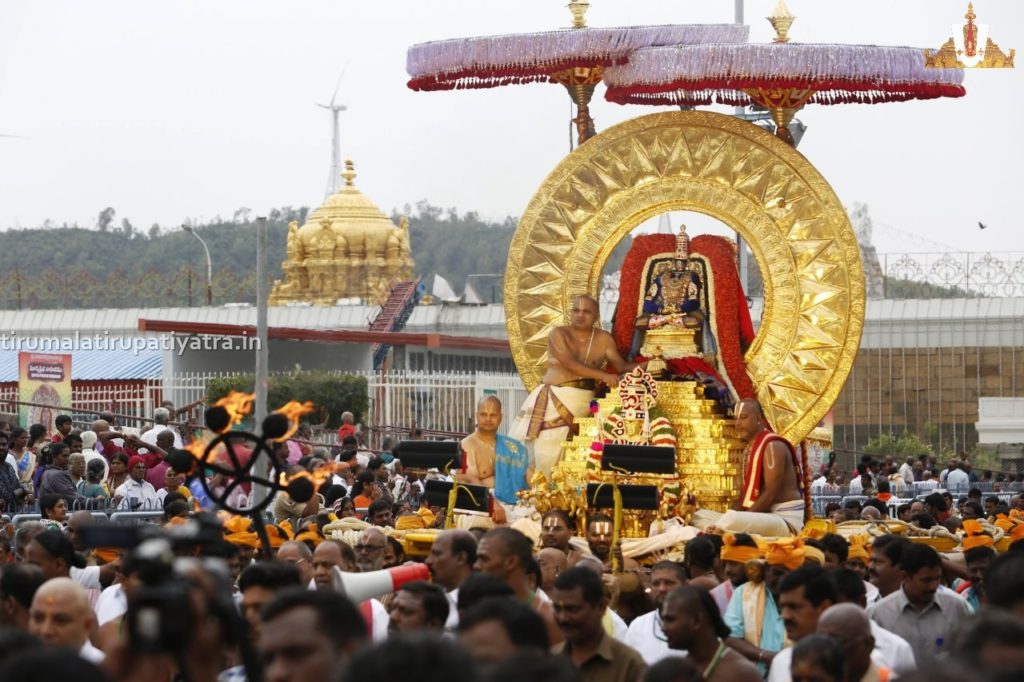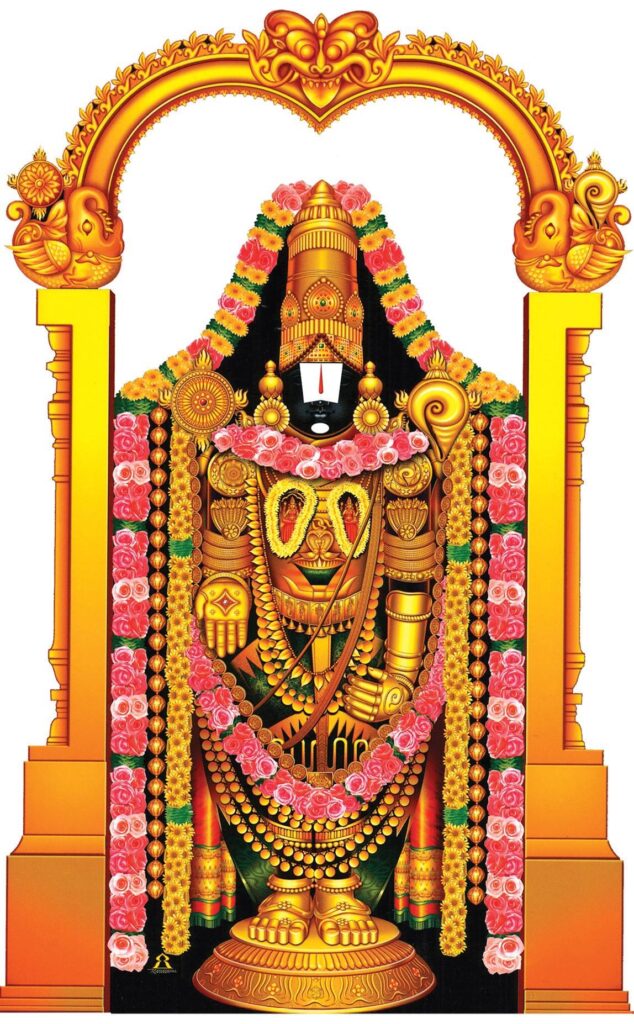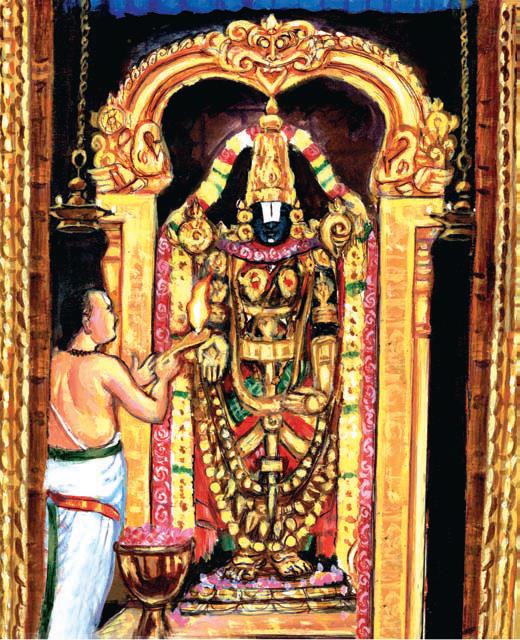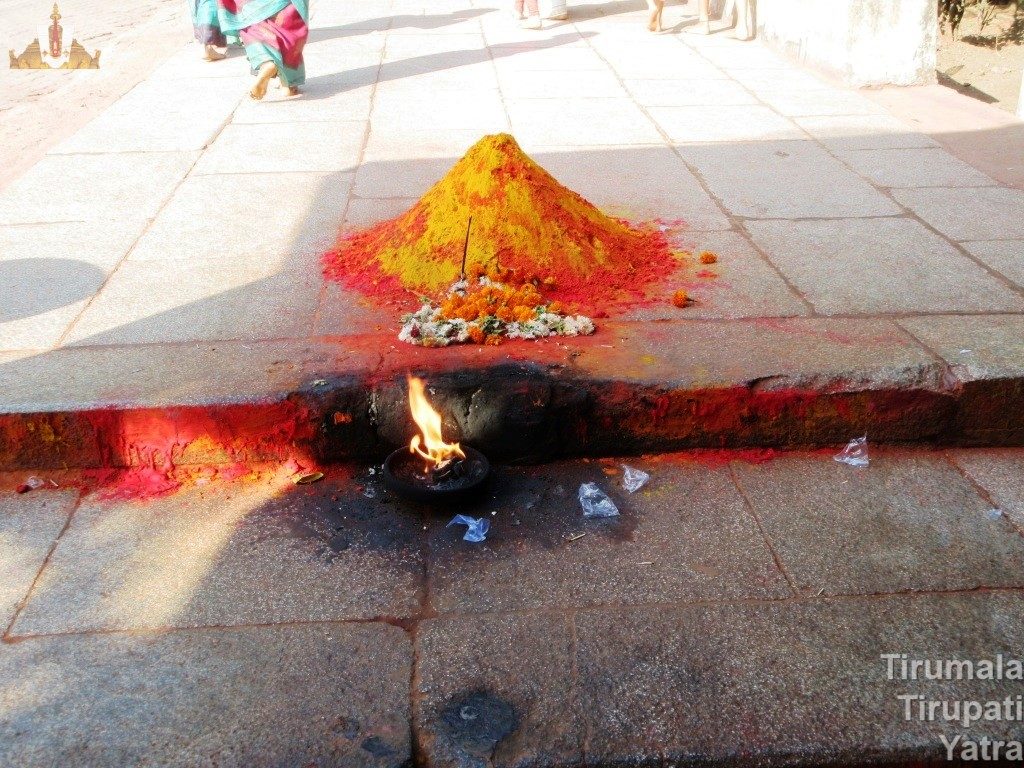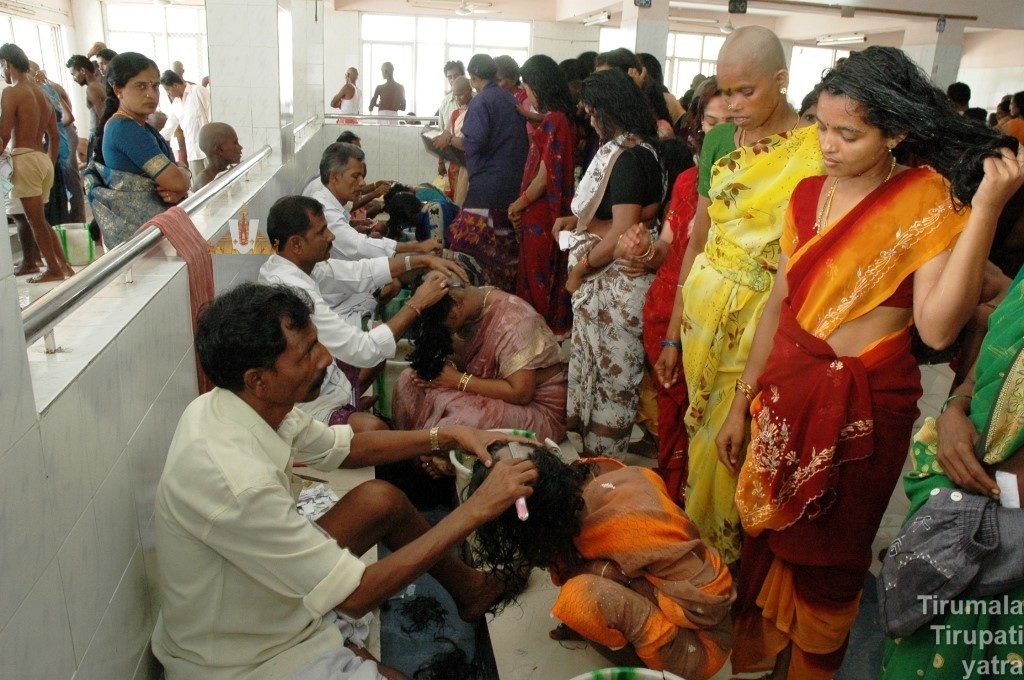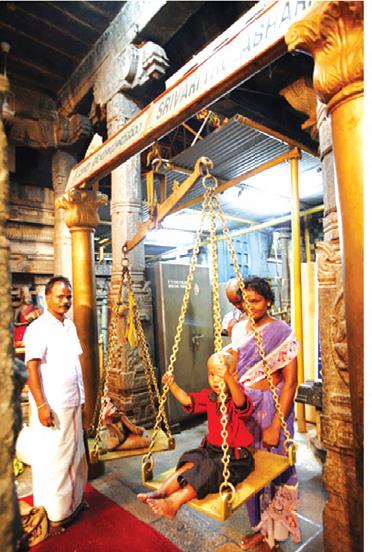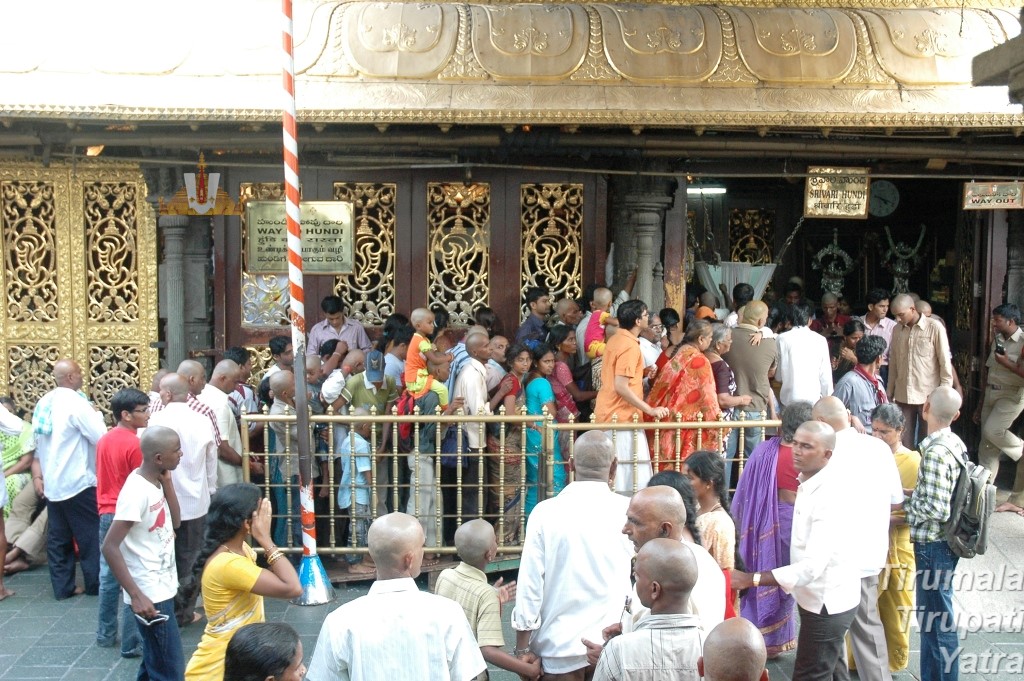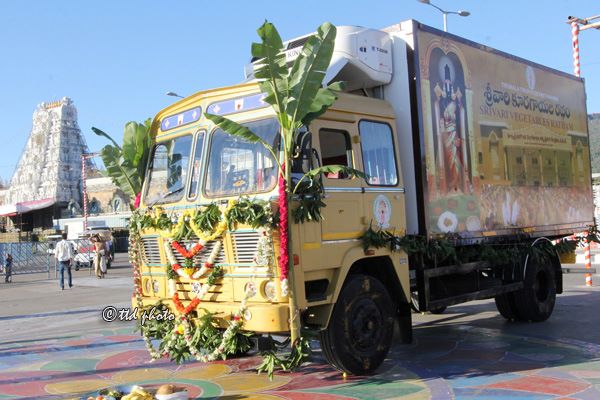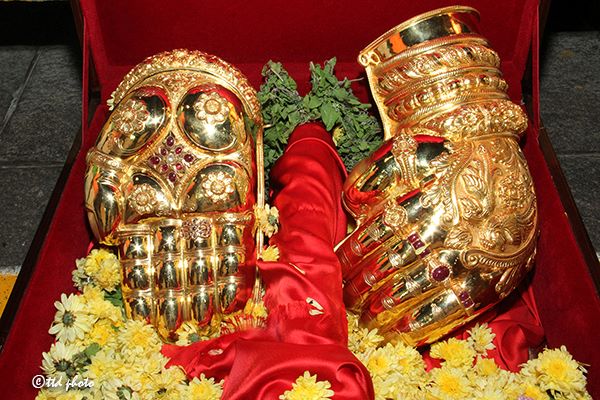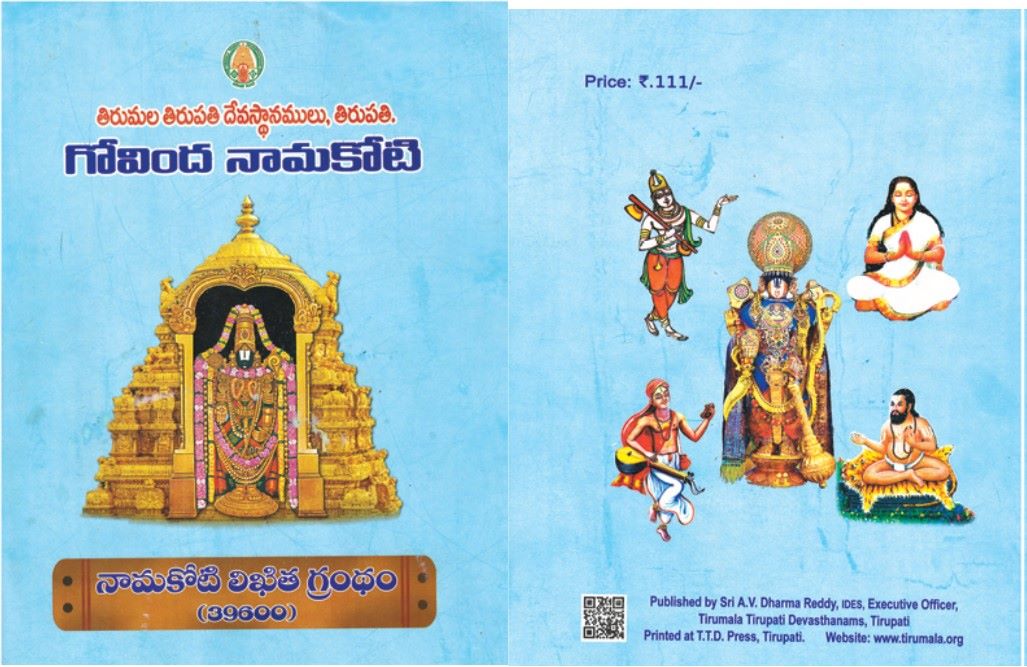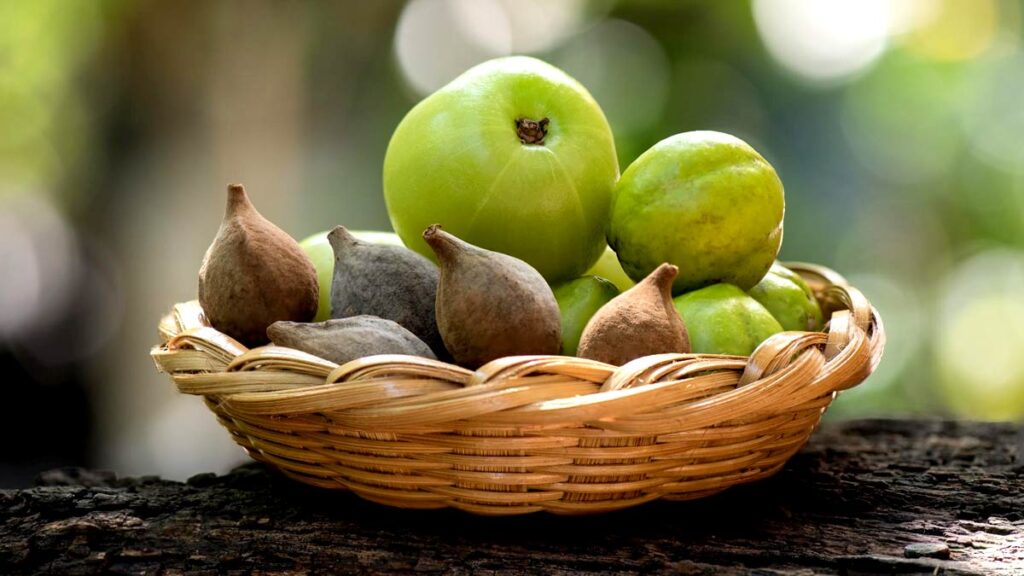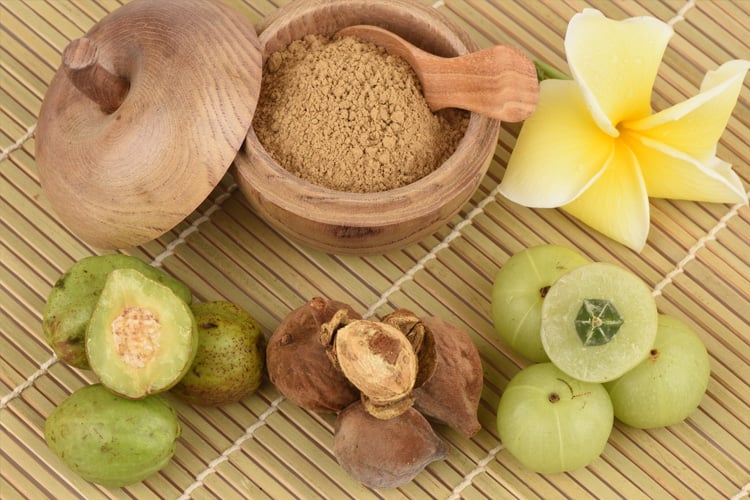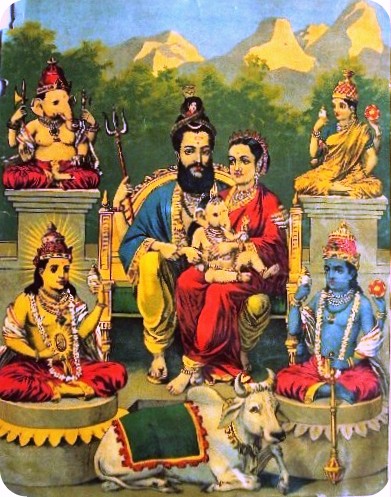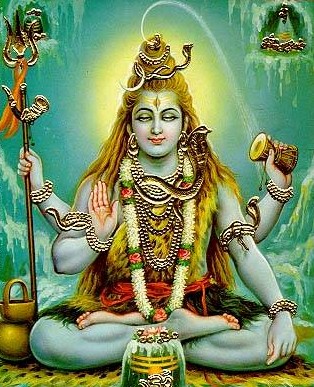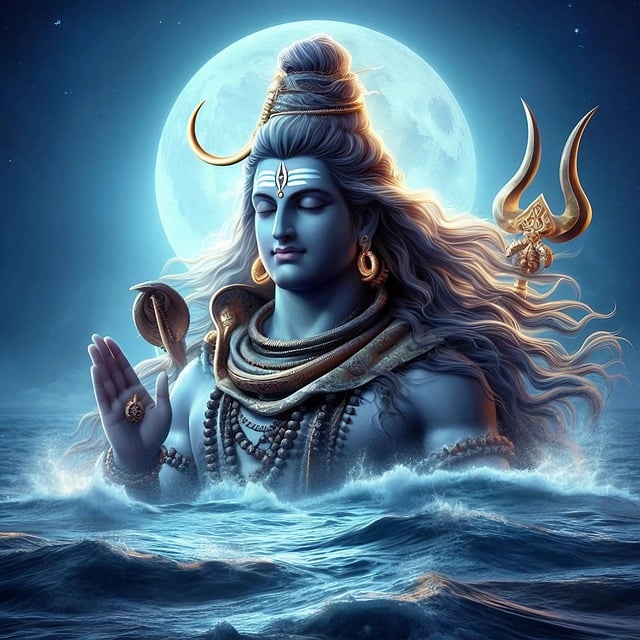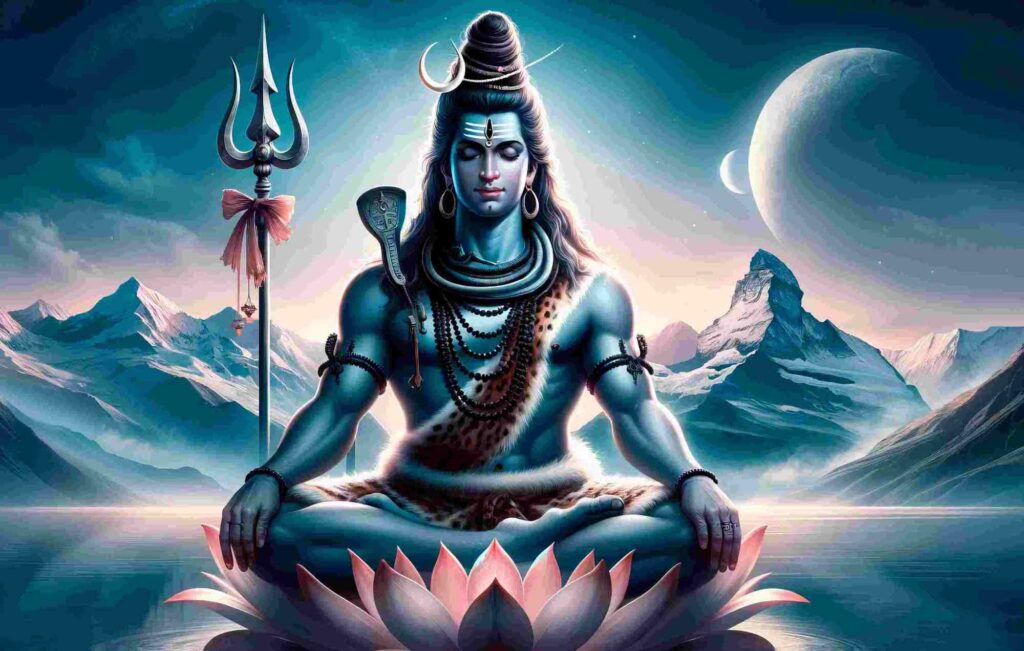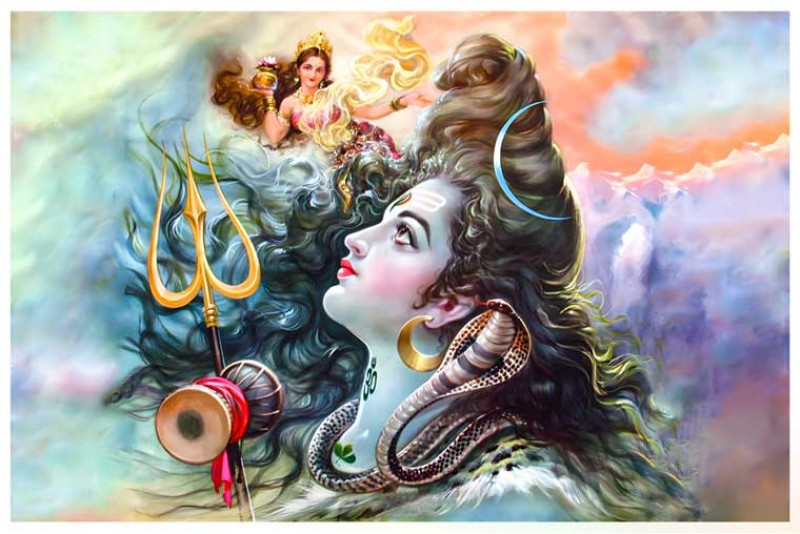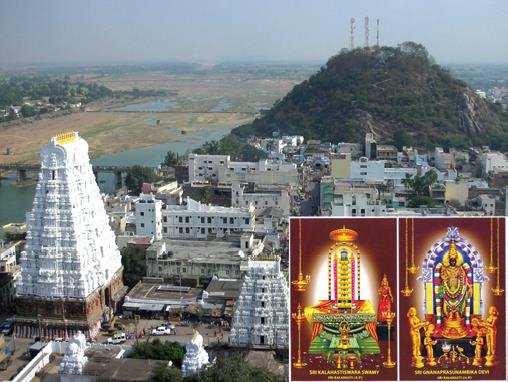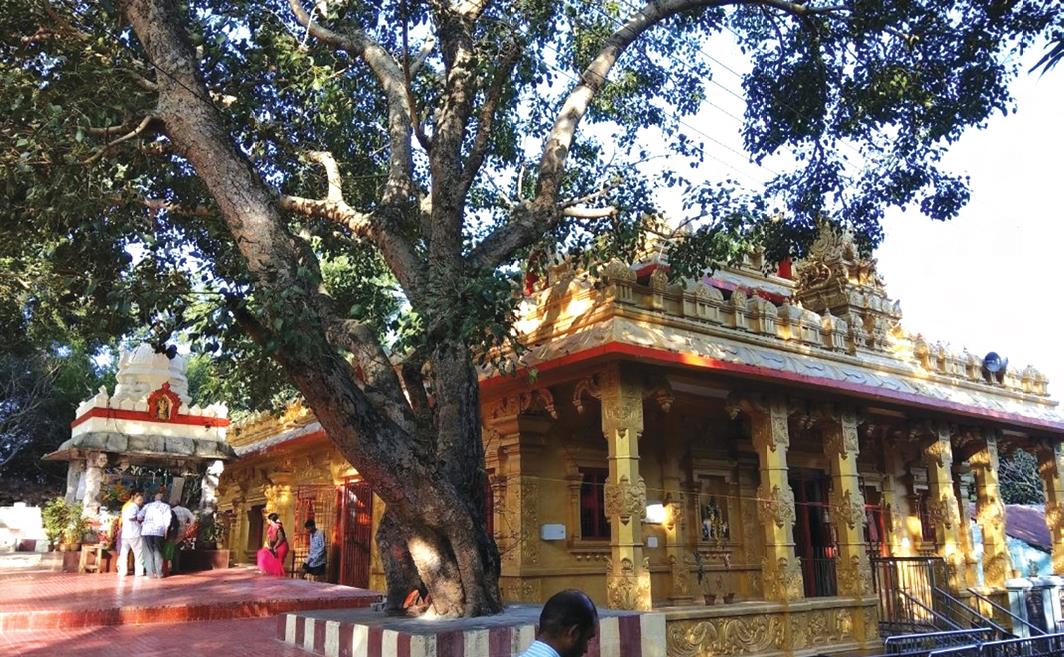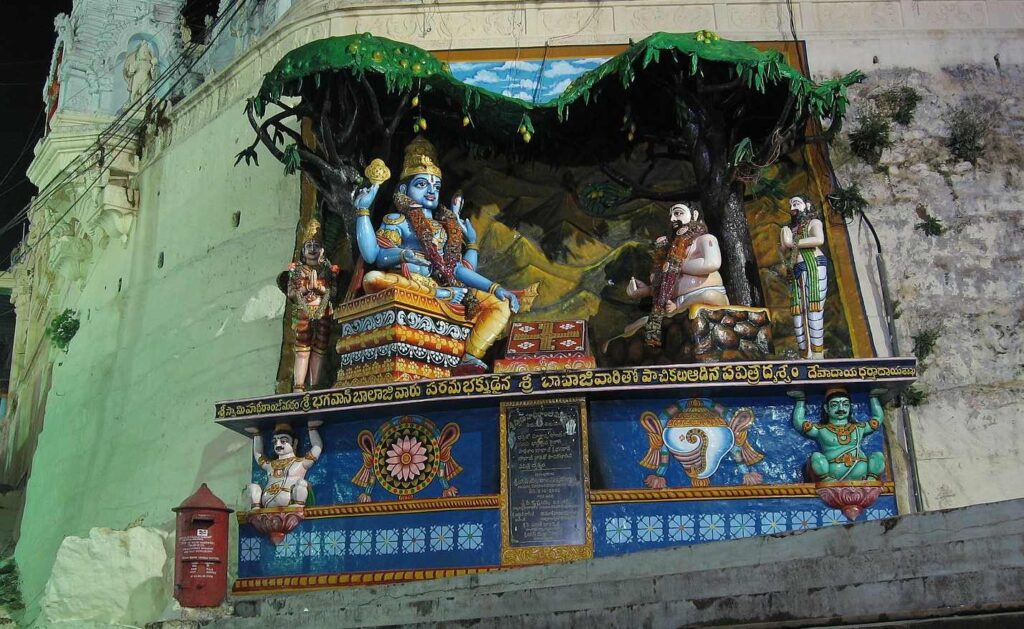TTDevasthanams
TTD inaugurated a new Mobile app TTDevasthanams for the convenience of devotees.
Most of the pilgrims do not know where to stay in Tirumala or how to buy tickets for Srivari ‘darshan.’ Many incidents emphasized the fact that many innocent pilgrims were cheated by the mediators in many ways in Tirumala.
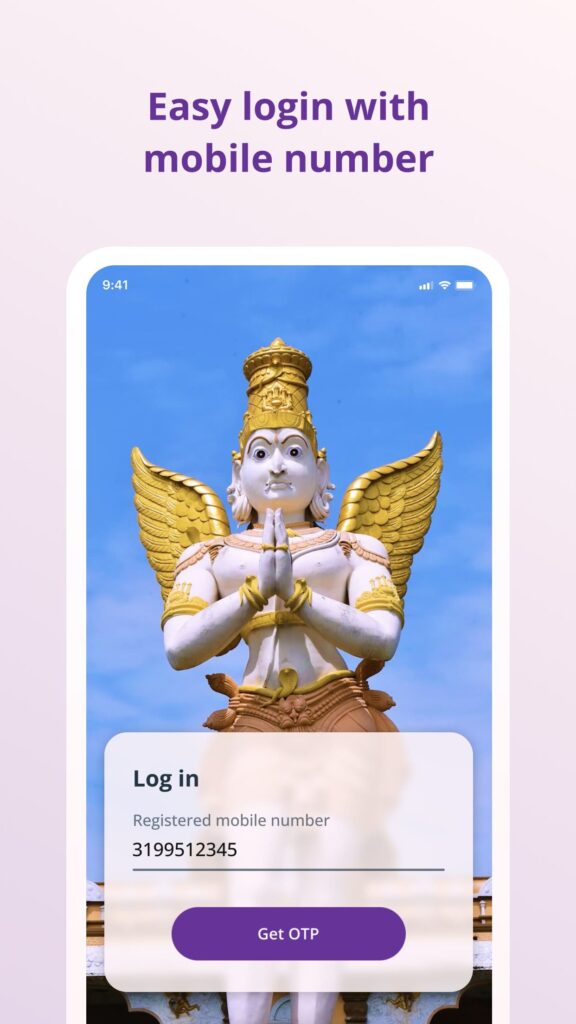
For such devotees, the App is very useful.
- Devotees can book their cottages for their stay through this App.
- They can also buy tickets for the ‘darshan’ of the Lord by using this magnificent App.
- They also buy special tickets for ‘Special Darshan’ for differently-abled persons and senior citizens.
- They can also book Kalyana Mandapas online through this special App.
The T.T.D has shown a way to the devotees who want to offer donations / Trusts / Schemes etc. to the Lord directly from home through this App. The special App has been designed as if it has handed over the responsibilities of the pilgrims to the Lord.
Importance of TTDevasthanams – Mobile App
We know that a mobile application is called an App. Today there are many Apps with us in the fields of diet, health, entertainment and education. There is no one without a smartphone nowadays. Smartphones have become a necessity.
The T.T. Devasthanams Mobile App has been designed to make it compatible with the operating systems used in different Mobiles, Tablets and other devices. This app is developed with the support of the Jio platforms.
For this App, the T.T. Devasthanams spent crores of rupees. The effort made by T.T. Devasthanams is praiseworthy as it has brought a wonderful App that is unique in many ways with its wonderful features.
Some people think that it is not necessary to spend crores of rupees on an App. But this version is not correct. After the period of Corona, many modifications have taken place in the matter allowing the devotees to Srivari grand ‘darshan.’ Online ticket booking has become compulsory for ‘darshan’ at that time.
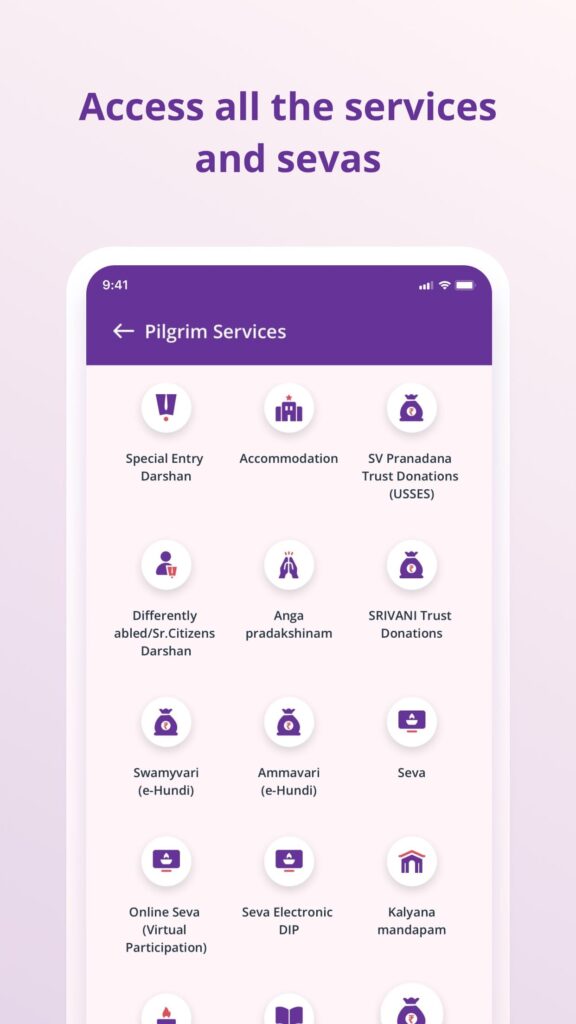
Previously this procedure was already on the website for implementation. This factor depended on the choice of the devotees. After the outbreak of the Corona, online booking became mandatory but not a choice.
In the present age, everything depends on Mobile Apps. So the use of the Mobile App became inevitable. It is like an ‘amla’ fruit in the palm of every devotee.
Devotees of Lord Venkateswara wish to get the grand ‘darshan’ of the Lord many times in a comfortable and pleasant environment. The T.T.D is also trying its best to provide and enhance the facilities of the devotees from time to time.
To achieve the goal, the T.T.D. has planned an innovative and technological mechanism to provide a facility to get the ‘darshan’ of Lord Venkateswara easily. The recent modernized device is the T.T. Devasthanams Mobile App.
It is like a ‘Taraka Mantra’ to the devotees who wish to fulfil their desires in Tirumala with ease and comfort saving their time, money and energy. The Mobile App stands as a symbol for the services rendered by the T.T. Devasthanams. The T.T.D is concentrating on the modernization of the systems and institutions by streamlining the old policies, correcting defective procedures and purifying the polluted environment in the temple.
Its service is highly responsible and requires a sense of dedication and commitment. To the utmost extent, the T.T.D. is playing a vital role as a coordinator between the Lord and His devotees. Bringing the T.T. Devasthanams Mobile App into existence is a commendable attempt to bring the T.T.Devasthanams nearer to the devotees.
As the Gita says:
Ananyas chintayanto
mam ye janah paryupasate
Tesam nityabhiyuktanam
yoga-skhemam vahamy aham.
– (The Gita:9-22.)
Lord Venkateswara will look after the ‘Yoga’ and ‘Kshema’ (welfare) of His devotees. Valuable and comprehensive information about Tirumala is available in the App for the convenience of the devotees.
Besides ringtones, videos are also available on this App. The Brahmotsavams of the Lord, the Brahmotsavams of Goddess Padmavathi, Pavitrotsavams, and other videos related to Srivari ‘sevas’ are available in the App. Through this App, the devotees can follow valuable suggestions and advice in the form of videos.
Most of the devotees do not know what to do and what not to do in Tirumala. Though they make mistakes unknowingly, they cannot get the grace of the Lord. In this regard, full information is available in the videos in the App.
Previously called Govinda App
The main aim of the App is that the devotees should not feel any inconvenience in Tirumala. Previously, there was a Mobile App called ‘Govinda App’ and now on 27-1-2023, T.T.D. inaugurated this new mobile App with the name ‘TTDevasthanams’.
Many new applications were added to this App and modernized as ‘TTDevasthanams Mobile App’ Devotees can see the programmes in the S.V.B.C. through live streaming with the help of this App. They should enter OTP with the User Name to log in. Entering a password is not necessary. The T.T.D has designed it so that even the devotees who do not know how to use a computer can also utilize this App very easily.
TTDevasthanams – Downloads
On the day of its inception alone, lakhs of devotees downloaded this wonderful App which is considered a great privilege.
The most valuable information about
- Sundara Kanda Parayana,
- the Bhagavad-Gita,
- Adiparvam,
- Vedaparayanam,
- Bala Kaanda,
- Virata Parva,
- Sabha Parva,
- Sampurna Sundara Kaanda and
many other programmes are found in the App in the form of videos.
Besides these, books relating to Srivaru, and other spiritual publications are also found in the App.
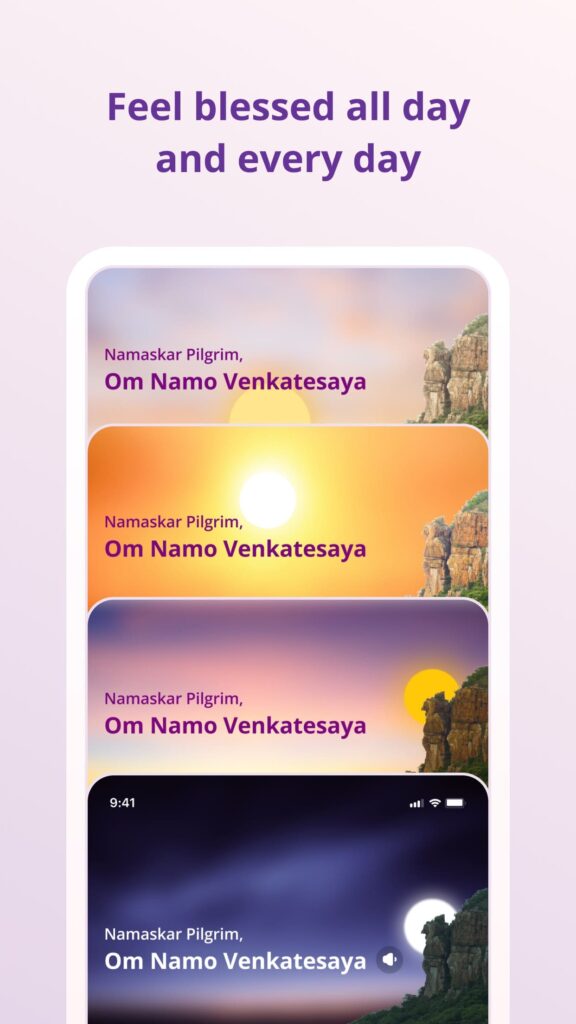
Downloading PDF files, Ringtones and Wallpapers
There is a facility to download these PDF files freely in the App. The qualitative wallpaper photos of Lord Venkateswara are put in the App. These photos in many forms will surely attract the hearts of the devotees.
Devotees can download the ringtones of Lord Venkateswara through this App. Highly melodious musical ringtones are also available on the App and devotees can share those ringtones with others.
They can share their grievances through the Toll-free number in the App and email IDs with the authorities concerned. They can ask the officers for solutions. They can buy the ‘Panchagavyas’ products through this App.
The T.T.D. is appealing to the devotees to utilize the new Mobile App and not to entertain the mediators and make their spiritual trip comfortable and auspicious.
OM NAMO VENKATESAYA!
